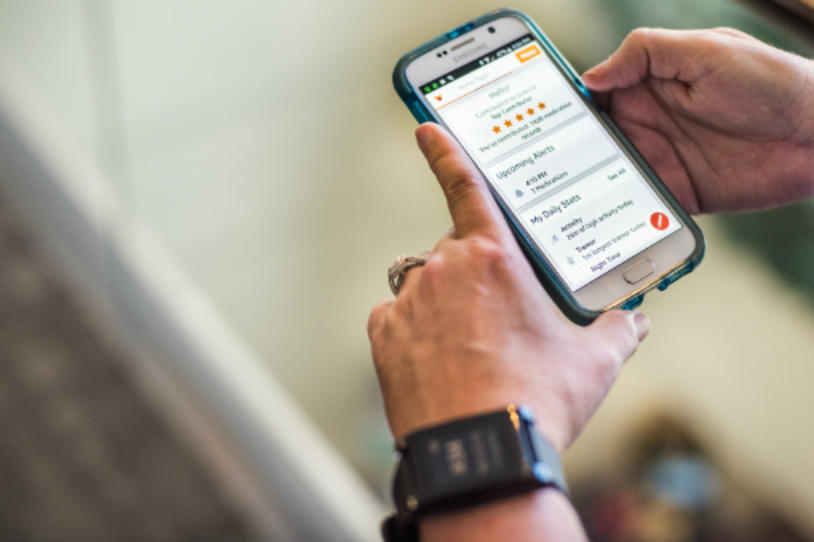
The current pandemic has underscored the value of digital tools to assess people with Parkinson’s, away from a doctor’s office or research site. More people are being treated through telemedicine and clinical trials have begun exploring new ways to conduct research remotely. And doctors and researchers need a way to understand Parkinson’s disease, its progression, and how it affects people’s daily lives when they can’t see patients in person.
The First Step: Data Collection
The interest in using digital tools to measure Parkinson’s disease didn’t start this year. Parkinson’s disease includes movement symptoms that can be measured relatively well using digital technology, which made it a good test case for digital health measures.
In a recent article in JAMA Neurology, Bastiaan R. Bloem, MD, PhD, Ray Dorsey, MD and Michael S. Okun, MD, noted that digital tools can also address some issues that arise when assessing patients in a doctor’s office. Patients can underreport rare but serious symptoms, such as falls or seizures. It can be difficult to accurately capture treatment responses, particularly if they fluctuate. And observations in a clinic don’t always match a patient’s actual abilities. It’s not unusual for a patient who experiences freezing of gait at home to walk without any issues in a doctor’s office. Digital monitoring could provide more accurate information in all these cases.
The Michael J. Fox Foundation (MJFF) and others—including Biogen, Critical Path for Parkinson’s, Roche, and Verily—have been supporting data collection using tools such as smartwatches, fitness trackers and mobile phone apps for several years. Dr. Bloom and other researchers have been experimenting with body-worn sensors to measure falls and motor symptoms in Parkinson’s. This data collection has incorporated passive measures of health and function (e.g., heart rate, tremor, dyskinesia, gait, balance) throughout the day as well as active tasks, such as tapping tests or short surveys.
While we took advantage of existing technologies, MJFF is also funding innovation in digital Parkinson’s tools, like the Emerald device. Emerald uses radio waves to monitor a person in their home or another space, so they don’t have to wear a digital sensor all day. It can be used to monitor mobility and gait along with heart rate and respiration and can even alert care teams if a person falls.
From Collection to Analysis
Parkinson’s researchers have collected enough data using digital tools to conduct rigorous analyses. MJFF has supported several data challenges to spur novel approaches to such data analysis. The winner of our first challenge in 2013, Drake Pruitt, used machine learning to analyze smartphone data. At the time, he said, “The key lies in building intelligent systems that make sense of the data and present it in a way that is relevant.”
In subsequent challenges we partnered with Sage Bionetworks, an organization focused on identifying ways to use smartphones and remote sensing devices to monitor health and disease. Challenge winners have used methods including a deep learning convolutional neural network, spectral decomposition, signal processing methods, and a deep-learning model to predict disease progression and symptom severity and correctly identify people with Parkinson’s.
The Future of Digital Measures
Next steps in the development of digital measures of Parkinson’s involves moving from the theoretical to the practical. Can we use what we’ve already learned by applying robust data analysis strategies to this data and create practical ways of using it? Most importantly, how can these tools improve research and care?
An important objective is to standardize how we curate and analyze the data, as we have with genetics. The approaches generated through the data challenges and other data science initiatives in Parkinson’s have demonstrated there is meaningful information to be derived from remote technologies that could be used in research. However, work needs to be done to refine the type and amount of data we really need to assess patients’ function. From there, we can move toward getting digital measures accepted and adopted by patients, physicians, researchers and, perhaps most importantly, regulators.These are priorities for MJFF and we expect to expand our support in this area next year. We know the wider field is focused on the same goals, as accelerating this work is more important than ever.

